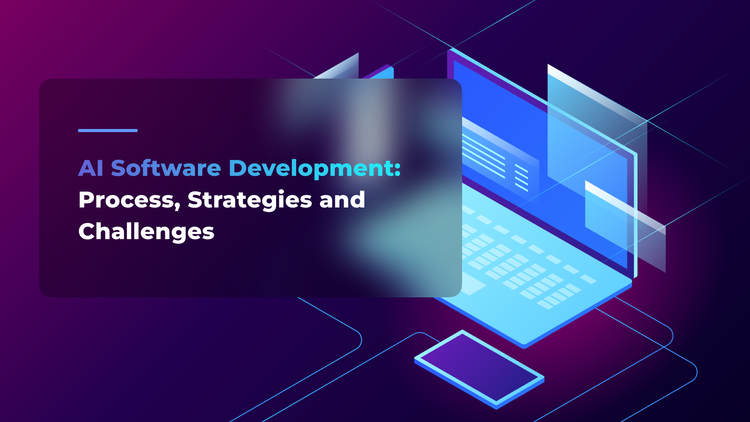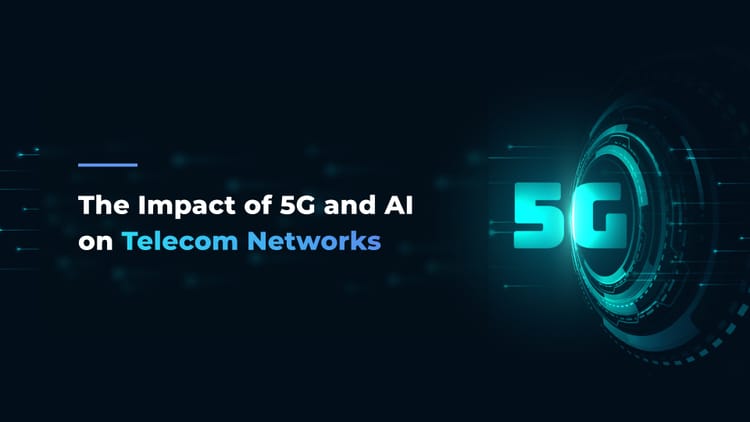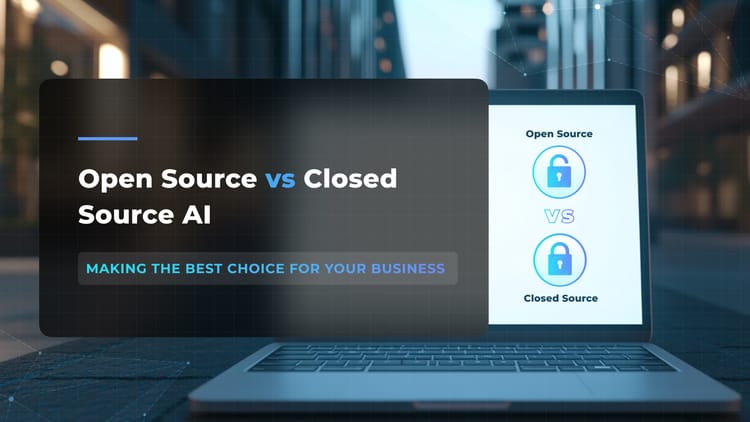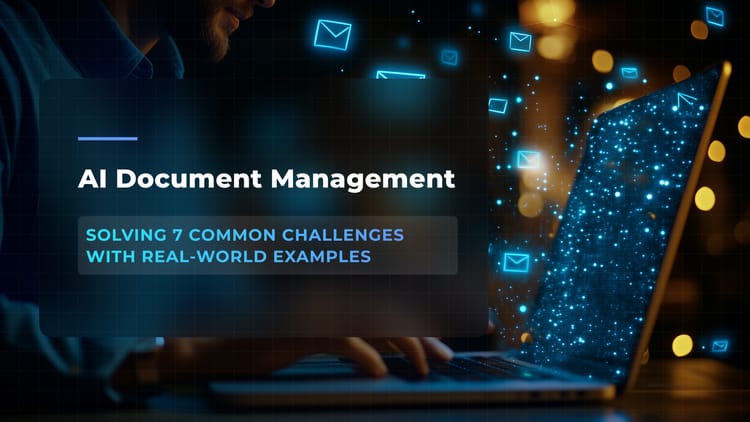Generative AI Value Chain: Prospects and Predictions for 2024
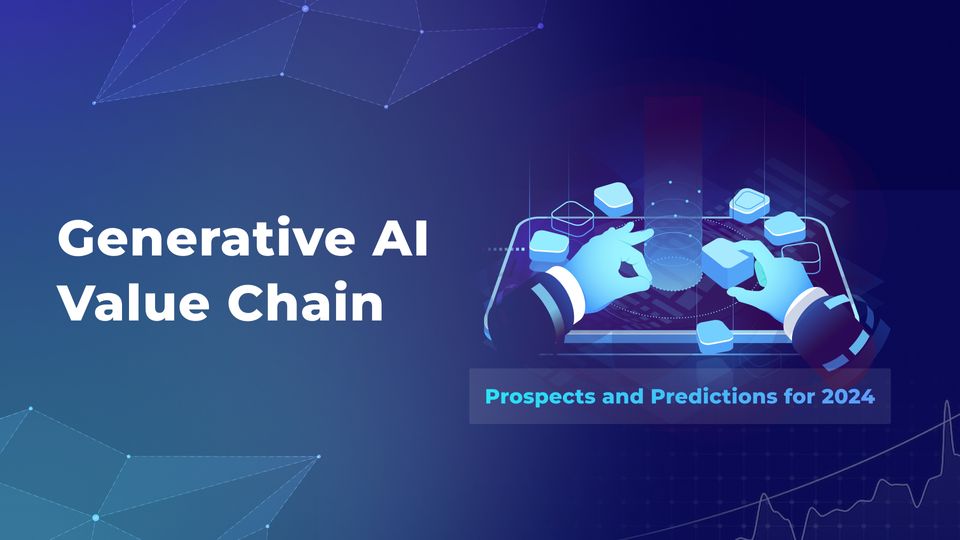
Generative AI is undeniably on the rise, but amidst the hype, navigating strategic investments in this thriving field for sustainable revenue growth can be challenging. As the landscape of the generative AI ecosystem continues to evolve, it's crucial to be on guard and anticipate future developments, ensuring timely returns on investments.
In this article, we delve into the prospects and predictions for the generative AI value chain in 2024. With over a decade of expertise with technologies like AI, we at Flyaps would like to present you insights not just into the current state but also into the imminent market future. Join us as we share our industry knowledge, illustrate the promising areas for business expansion within the generative AI sector and pinpoint the most motivating opportunities.
What is a generative AI value chain?
Before diving into forecasts and predictions, let’s start with the definition and main stages of the generative AI value chain. In a nutshell, it is a framework that outlines the various stages and components where value is added to generative AI systems. This chain includes computer hardware, cloud platforms, AI development platforms, foundation models, model hubs and machine learning operations (MLOps), applications, and services.
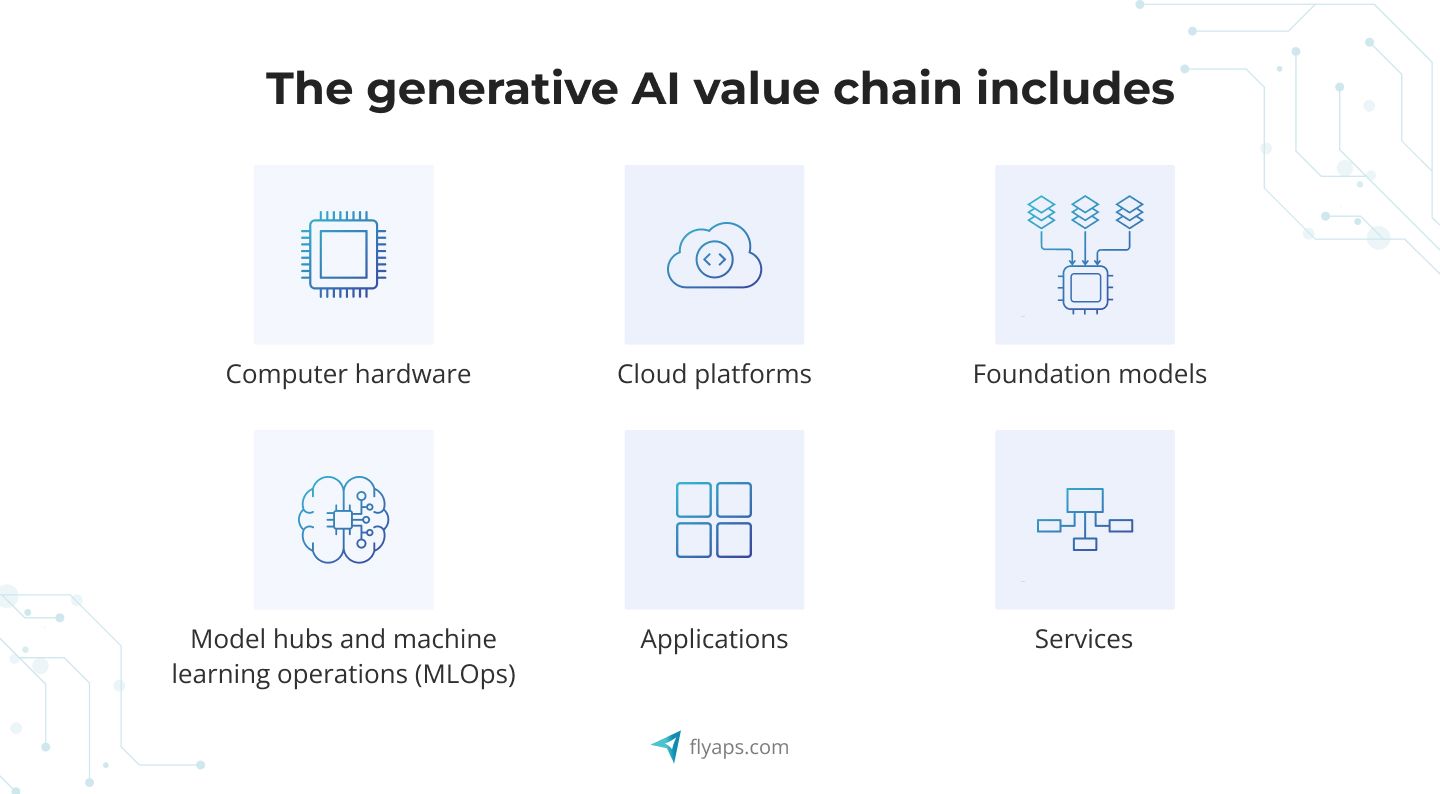
- Computer hardware
Specialized processors like graphics processing units (GPUs) or tensor processing units (TPUs) with accelerator chips are used for substantial computational power to process large datasets and complex algorithms.
- Cloud platforms
Due to the resource-intensive nature of generative AI, much of the development and processing work is done in the cloud to access scalable computational power.
- Foundation models
These are large deep learning models, like OpenAI's GPT-3 and GPT-4, pre-trained to create specific types of content. They serve as the foundational building blocks for various generative AI applications.
- Model hubs and machine learning operations (MLOps)
Model hubs act as repositories for storing and accessing foundation models, while MLOps cover tools and practices for adapting and deploying these models in end-user applications.
- Applications
These are the end-user interfaces and solutions (like chatbots or content generators) built on top of foundation models, enabling specific tasks or functions.
- Services
Existing AI service providers evolving their capabilities, as well as niche players specializing in specific generative AI models or applications, help companies navigate challenges and leverage the technology effectively.
Now, let’s revise the current state of the generative AI ecosystem before we peek at forecasts and predictions.
The current state of the generative AI value chain
In 2023, generative AI experienced a significant breakthrough, marking a pivotal moment in its adoption across various industries. Generative AI tech stack now consists of numerous easily accessible tools. Technologies like natural language processing (NLP), GANs, Diffusion, and Transformers have led to the rapid growth of startups and established companies leveraging these technologies for various applications.
The shift from complex, resource-intensive AI deployment to accessible application programming interfaces (APIs) has lowered entry barriers, letting more and more companies integrate generative AI features into their products.
A recent survey revealed that over one-quarter of companies using AI have already incorporated generative AI into their strategies. This surge is indicative of the technology becoming a focal point for businesses seeking innovative solutions. Moreover, 40% of these AI-using companies are planning substantial increases in their AI investments. Such an increase in financial support reflects
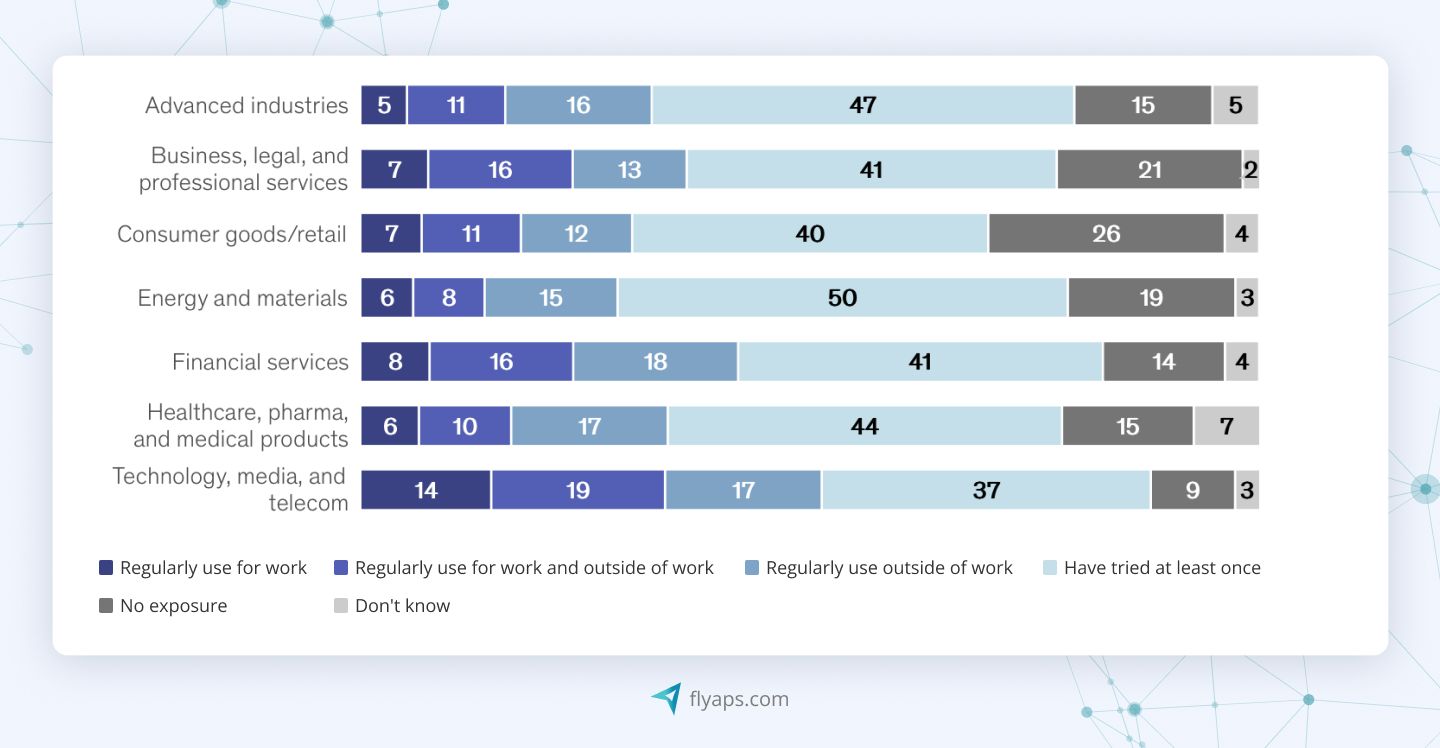
Looking ahead, the momentum is expected to continue, with more than half of large organizations planning to acquire generative AI software. This widespread adoption indicates a recognition of the technology's value and its potential to drive advancements across various sectors.
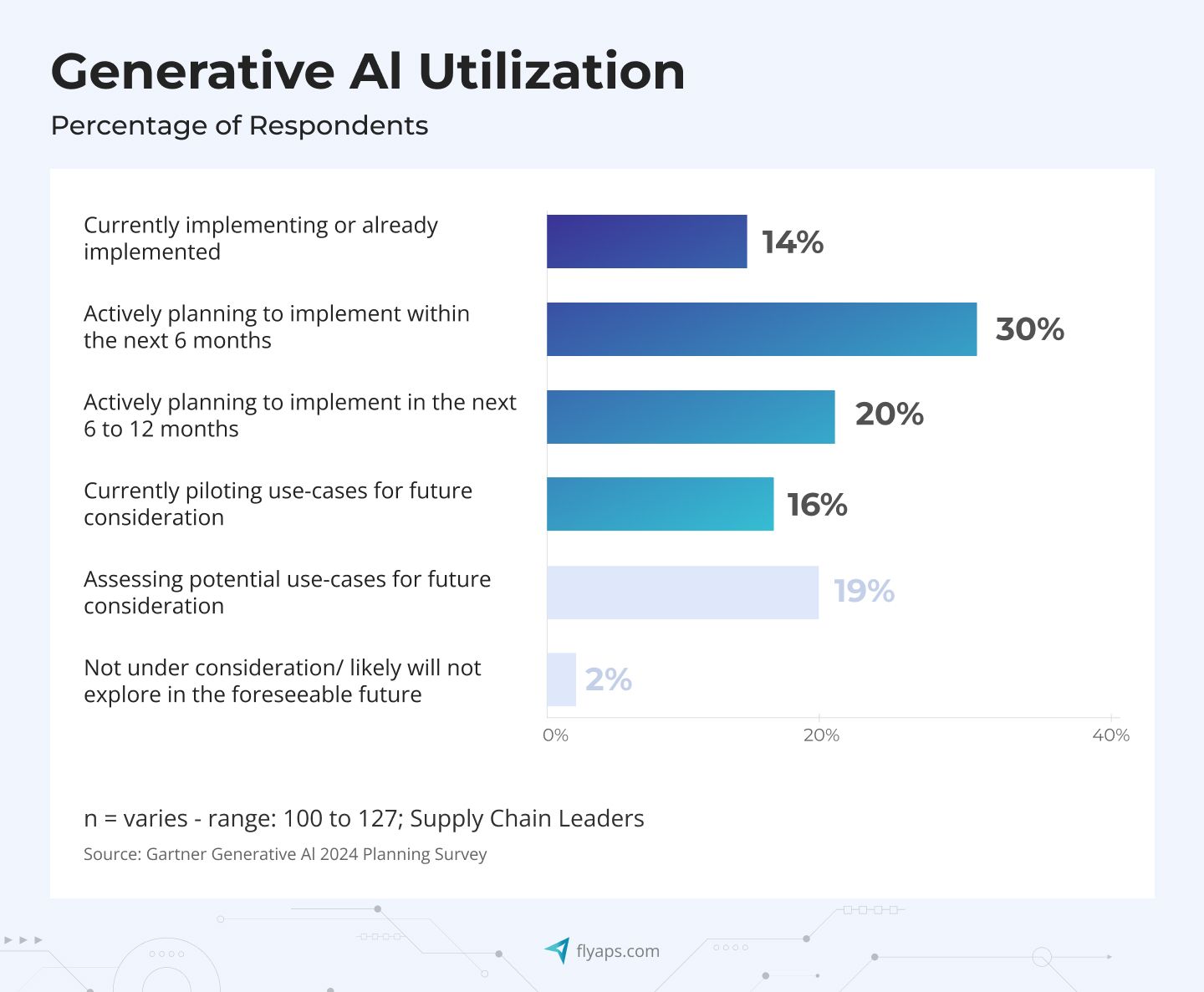
However, challenges such as high user expectations, early-stage tool limitations, and competitive intensity have led to occasional high churn rates. The open-source versus closed-source debate is pretty active, with some people advocating for closed-source large language models like GPT-4 by companies like OpenAI, while others support decentralized, open-source initiatives.
Explore our expertise and book a call to take the first step.
Learn moreGenerative AI trends around the globe
The answer to how to implement generative AI and achieve financial success in many ways depends on the specific region in which your company operates and the prevailing trends in generative AI technologies in that region.
In the U.S., for instance, AI investments are thriving, as over 25% of investment dollars in American startups have been directed toward AI-related companies. That's a huge boost from the average of about 12% between 2018 and 2022. The focus areas are real-time data analysis, marketing content creation, cybersecurity, and autonomous vehicles. Take Dataminr in New York for example. They secured an impressive $392 million for advancing real-time information analysis. Similarly, Pony.ai received $102 million in funding to propel its innovative self-driving technology.
China is actively expanding its AI market, with key investments in computer vision, deep learning, robotics, and facial recognition companies. CCID Consulting, a government think tank, shared that they expected in 2023 that China's generative artificial intelligence market will reach over 10 trillion yuan (approximately $1.4 trillion) in size before 2024. The organization predicts that by 2035, generative AI will contribute nearly 90 trillion yuan to the global economy, with China playing a significant role by contributing around 40% of this total.
According to the International Data Corporation (IDC), Europe as a region in 2023 must've shared about 20.6% of the global AI market. The spending on AI in Europe is predicted to grow at a rate of 29.6% every year from 2022 to 2027, which is a bit higher than the worldwide growth rate of 26.9% during the same time. The spending on AI is anticipated to go beyond $96.1 billion in 2027.
The EU as an economic union has pretensions to be a leader in AI and has invested a lot of money in it. From 2014 to 2020, they put €10 billion into AI and plan to add another €20 billion by 2030. They aim to create a unique innovation system different from China and the US.
Changes in the generative AI value chain: what to expect
Unlike traditional AI, generative AI involves complex underpinnings, making it challenging for new entrants in the value chain. The market opportunities are diverse, but established tech giants are expected to dominate many areas. Let's delve into each segment of the generative AI value chain to understand the evolving dynamics.
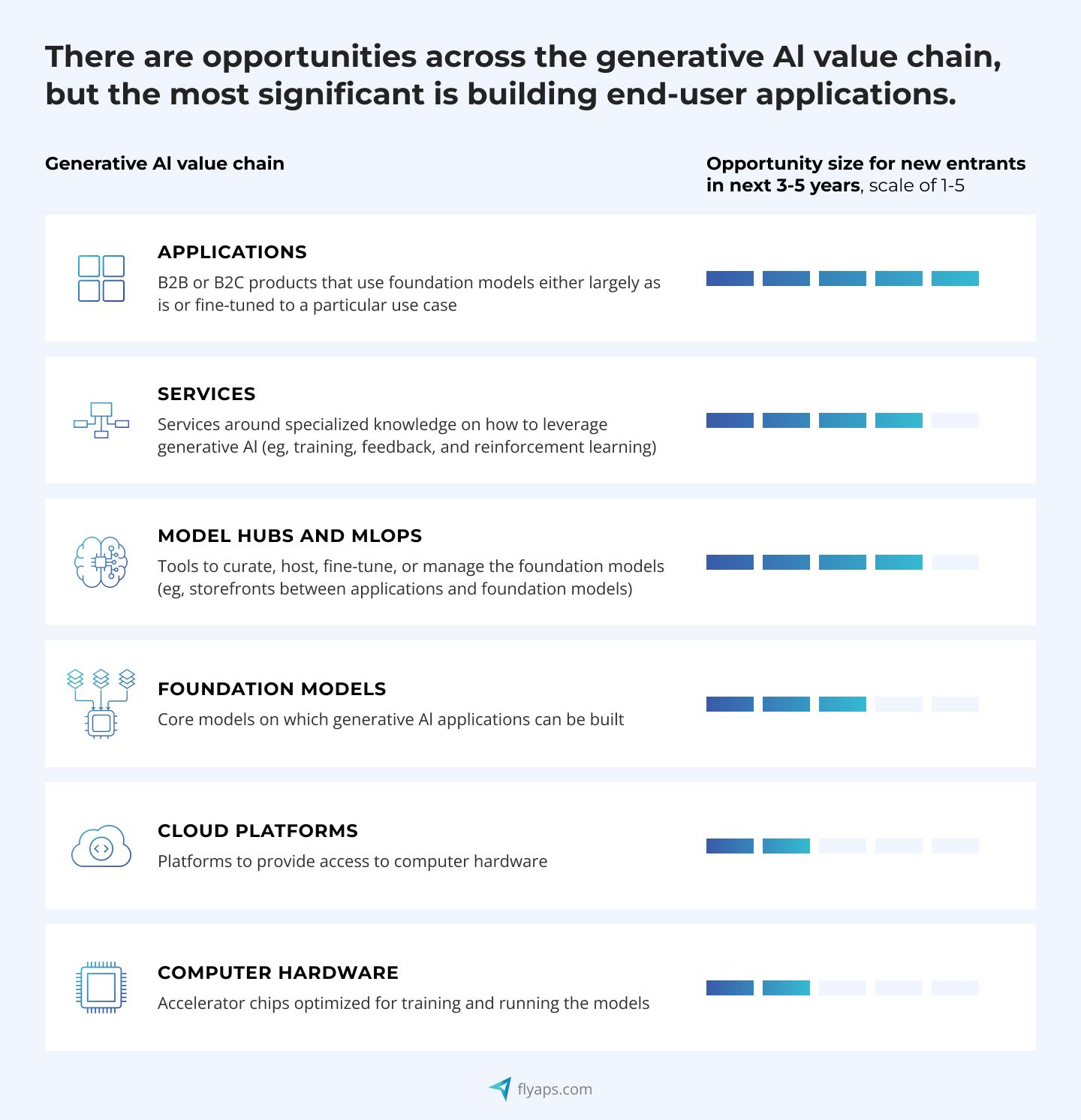
- Computer hardware
The current landscape is dominated by major players like NVIDIA and Google which are focused on chip design. There are no signs that the situation is going to change in the future.
- Cloud platforms
Here, we expect a further focus on scalable cloud solutions, with possible improvements to better support the resource-intensive requirements of generative AI processes.
- Foundation models
Models are getting better and smarter. There's a possibility that there will be a standardization in model development and improvements in models' ability to cope with natural language processing tasks, making it easier for different companies to work with them. Also, more companies might find it easier to join in and create their own models, broadening the use of this technology.
- Generative AI applications
They are expected to impact various business functions, including information technology, marketing, customer service, and product development. In the short term, industries such as media, entertainment, banking, consumer, telecommunications, life sciences, and technology are likely to experience operational efficiencies, improving processes and resource utilization.
- Dedicated generative AI services
Those are anticipated to emerge to help companies navigate the complexities of this technology. Existing AI service providers are expected to evolve, while niche players may enter the market with specialized knowledge for specific functions, industries, or capabilities within the generative AI landscape.
So, how do these changes impact investment perspectives? The answer is right in the next paragraph.
Generative AI investment trends for 2024
Numerous industry-specific generative AI startups have been receiving more funding from major players like IBM, Google, Microsoft, and Meta for the last few years. This reflects a strategic shift among tech giants, who view AI investment as a means to stay ahead in technology. B2B and B2C startups across various sectors, from healthcare to finance, are benefiting from this trend.
According to Gartner, IT spending is expected to accelerate by 8% in 2024, with a 13.8% increase in software spending due to the AI boom.

Here are the most promising areas for investments for 2024:
Healthcare applications
Healthcare applications benefit greatly from generative AI. The technology can accelerate drug discovery by enabling rapid testing of potential candidates through computer simulations. Additionally, it can create personalized treatment plans based on a patient's unique medical history and symptoms, offering a targeted approach. Moreover, generative AI improves the accuracy of medical imaging, enhancing diagnoses and treatments.
Take HCA Healthcare for example. They are using generative AI to improve documentation and workflow for clinicians.
Education applications
Generative AI creates unique lesson plans based on individual students' needs. Educators can also use generative AI to design comprehensive syllabi and customize course materials. This technology allows for the quick generation of diverse educational content, including quiz questions and video lecture scripts.
Education platforms like edX and Coursera plan to incorporate generative AI for personalized and interactive content.
Fashion applications
Generative AI aids fashion designers in creating innovative designs and refining existing styles, thereby reducing the time and resources needed to transform sketches into detailed, colored images.
For instance, H&M uses generative AI to trial designs for its Conscious Exclusive collection.
Banking applications
Banking applications use generative AI to identify and prevent fraudulent transactions by training Generative Adversarial Networks (GANs). This enables advanced risk assessments and economic forecasting through realistic market scenarios. Additionally, AI-based loan decisions are designed to explain data in a user-friendly manner, enhancing transparency.
For example, JPMorgan Chase leverages generative AI for customer service, fraud detection, and financial analysis.
Insurance applications
Generative AI automates the documentation process and simulates various risk scenarios to calculate insurance premiums more accurately. Additionally, claims management can be streamlined by automating responses and accelerating the claim settlement process.
State Farm, for example, employs AI in claims processing and fraud detection.
Wrapping up
Numerous factors need to be considered when creating successful generative AI products or choosing one for investments. Without extensive datasets for model training or experienced AI engineers, any generative AI project is doomed to failure. Flyaps, being an AI-focused software development company with various successful cases and a set of proprietary AI tools, can offer comprehensive support for implementing generative AI in your business.
From generative AI consulting for identifying high-impact areas across industries to tailored development and training AI models, our team ensures that the generative AI solution aligns with your business goals, existing infrastructure, and market demand.
Explore our expertise and book a call to take the first step.
Let’s collaborate

